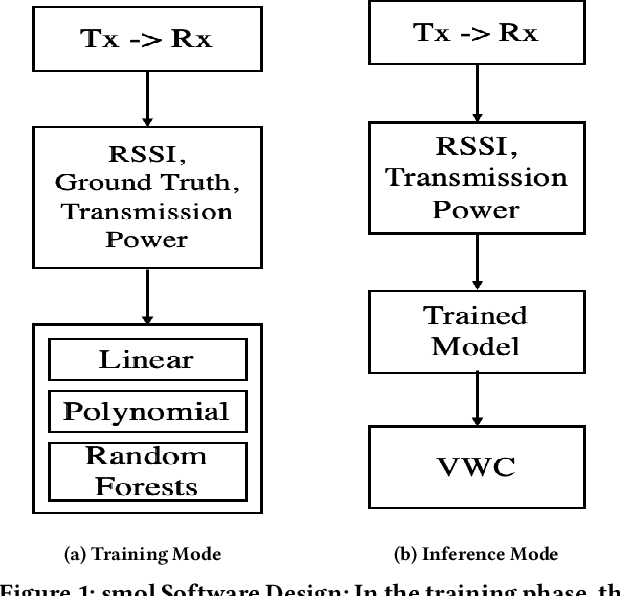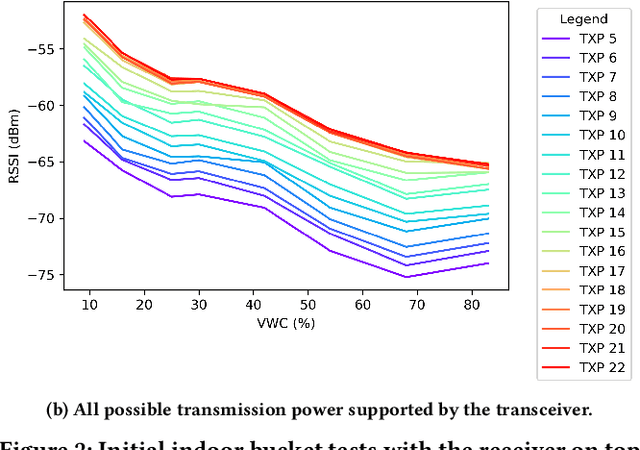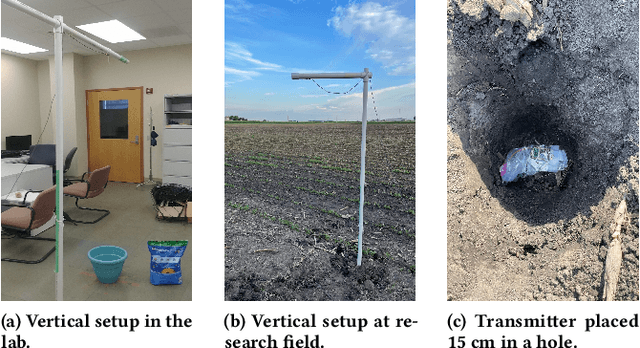Garvita Allabadi
Semi-Supervised Object Detection in the Open World
Jul 28, 2023Abstract:Existing approaches for semi-supervised object detection assume a fixed set of classes present in training and unlabeled datasets, i.e., in-distribution (ID) data. The performance of these techniques significantly degrades when these techniques are deployed in the open-world, due to the fact that the unlabeled and test data may contain objects that were not seen during training, i.e., out-of-distribution (OOD) data. The two key questions that we explore in this paper are: can we detect these OOD samples and if so, can we learn from them? With these considerations in mind, we propose the Open World Semi-supervised Detection framework (OWSSD) that effectively detects OOD data along with a semi-supervised learning pipeline that learns from both ID and OOD data. We introduce an ensemble based OOD detector consisting of lightweight auto-encoder networks trained only on ID data. Through extensive evalulation, we demonstrate that our method performs competitively against state-of-the-art OOD detection algorithms and also significantly boosts the semi-supervised learning performance in open-world scenarios.
smol: Sensing Soil Moisture using LoRa
Oct 04, 2021



Abstract:Technologies for environmental and agricultural monitoring are on the rise, however, there is a lack of small, low-power, and lowcost sensing devices in the industry. One of these monitoring tools is a soil moisture sensor. Soil moisture has significant effects on crop health and yield, but commercial monitors are very expensive, require manual use, or constant attention. This calls for a simple and low-cost solution based on novel technology. In this work, we introduce smol: Sensing Soil Moisture using LoRa, a low-cost system to measure soil moisture using received signal strength indicator (RSSI) and transmission power. It is compact and can be deployed in the field to collect data automatically with little manual intervention. Our design is enabled by the phenomenon that soil moisture attenuates wireless signals, so the signal strength between a transmitter-receiver pair decreases. We exploit this physical property to determine the variation in soil moisture. We designed and tested our measurement-based prototype in both indoor and outdoor environments. With proper regression calibration, we show soil moisture can be predicted using LoRa parameters.
 Add to Chrome
Add to Chrome Add to Firefox
Add to Firefox Add to Edge
Add to Edge